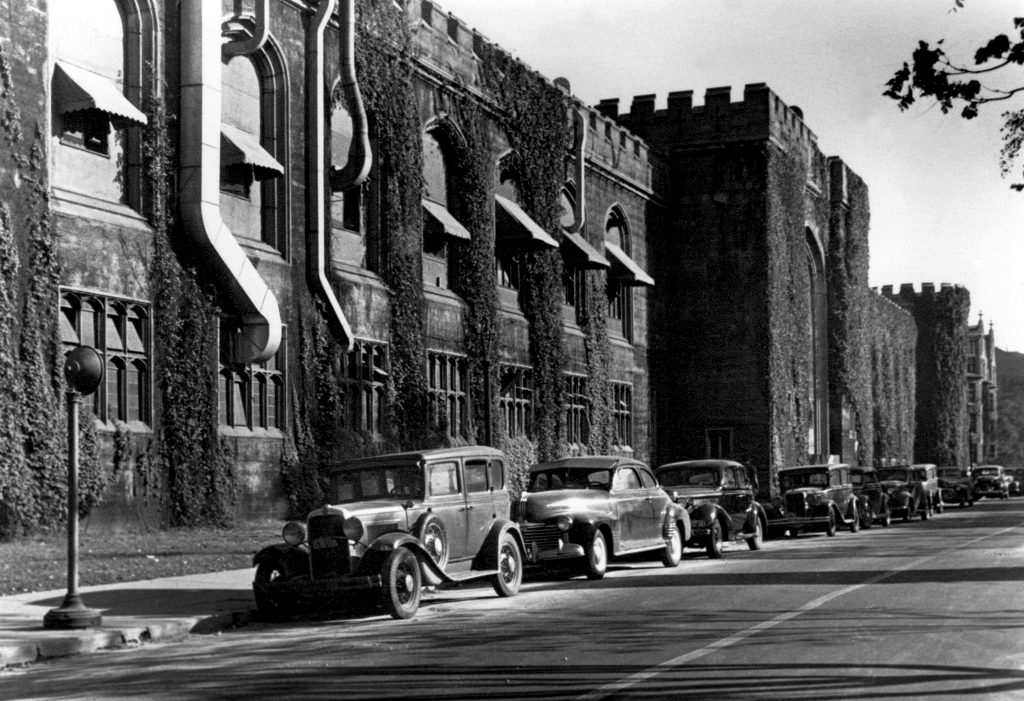Robert Leroy Platzman was a chemist at the University of Chicago Metallurgical Laboratory during World War II.
He was born on August 23, 1918 to Alfred and Rose Platzman. Platzman received his B.S. from the University of Chicago in 1937 at the age of 19, and went on to receive his S.M. in Physics in 1940 and his Ph.D. in Chemistry in 1942 also from the University of Chicago.
After receiving his Ph.D., Platzman joined the work of the Metallurgical Laboratory, the group responsible for the first successful nuclear reaction in 1942. Their primary role was to design a viable method for plutonium production that could fuel a nuclear reaction.
Platzman was cautious about the consequences of nuclear weapons. On July 17, 1945, Leo Szilard sent a letter to the President attempting to avert the country’s use of an atomic bomb against Japan, which Platzman signed along with 70 other scientists from Chicago. Additionally, he was involved in establishing and publishing the Bulletin of Atomic Scientists, a journal was founded by Manhattan Project scientists who “could not remain aloof to the consequences of their work.”
After the war, Platzman moved to Indiana to work as an associate professor of Physics at Purdue University from 1949-1958. He received a Guggenheim Fellowship for his work in particle physics in 1946 and 1947. In 1958, he returned to Argonne National Laboratory as a senior physicist. During this period, he was part of the Theoretical Radiological Physics section. Robert E. Rowland, a biophysicist at Argonne at this time, remembers, “He was very well respected.” In 1966, Platzman became a Professor of Chemistry and Physics at the University of Chicago.
Robert Leroy Platzman died on July 2, 1973 in Chicago, Illinois. His brother George Platzman, University of Chicago Professor of Geophysical Sciences, created the Robert L. Platzman Memorial Fellowship in his memory.





